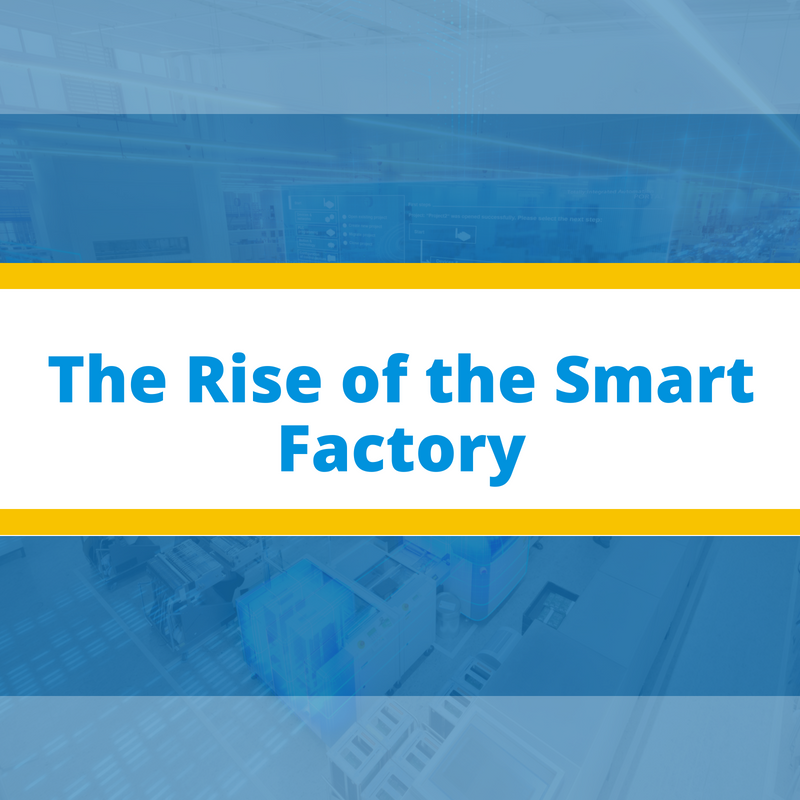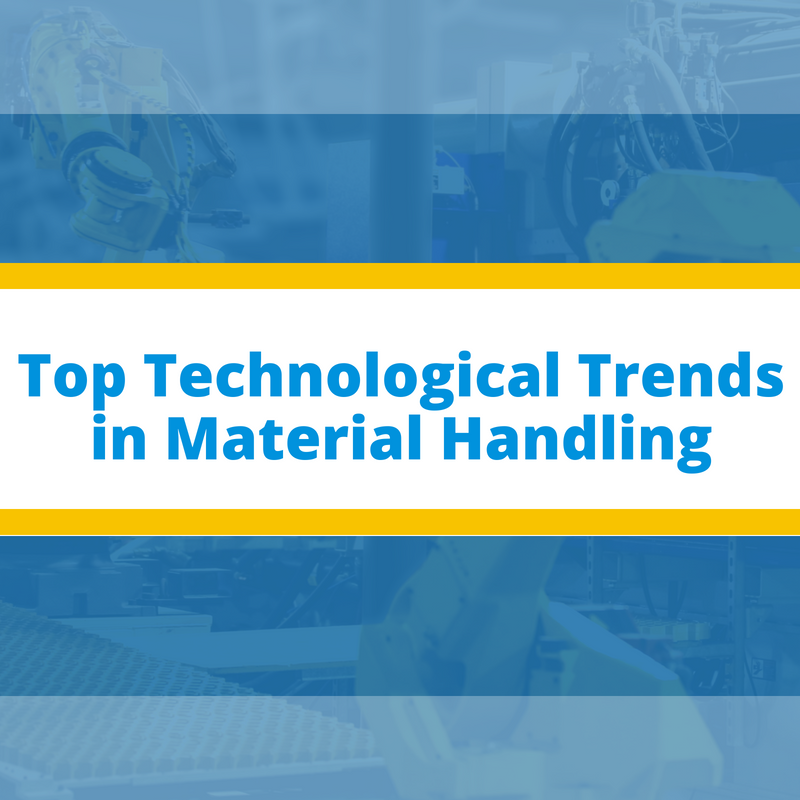The Factory of the Future, better known as Smart Factory, is a paradise of efficiency where words like defect, downtime, and delays exist only within historical facility logs. The facility is powered by a web of interconnected devices operating together in harmony for the satisfaction of clients and customers within time frames, and at a manageable cost.
Such a factory represents the epitome of technological development, illustrating a perfect mix between high-tech tools and skilled workers that complement each other. And while this may still be a fantastic dream, its much closer than one might think.







